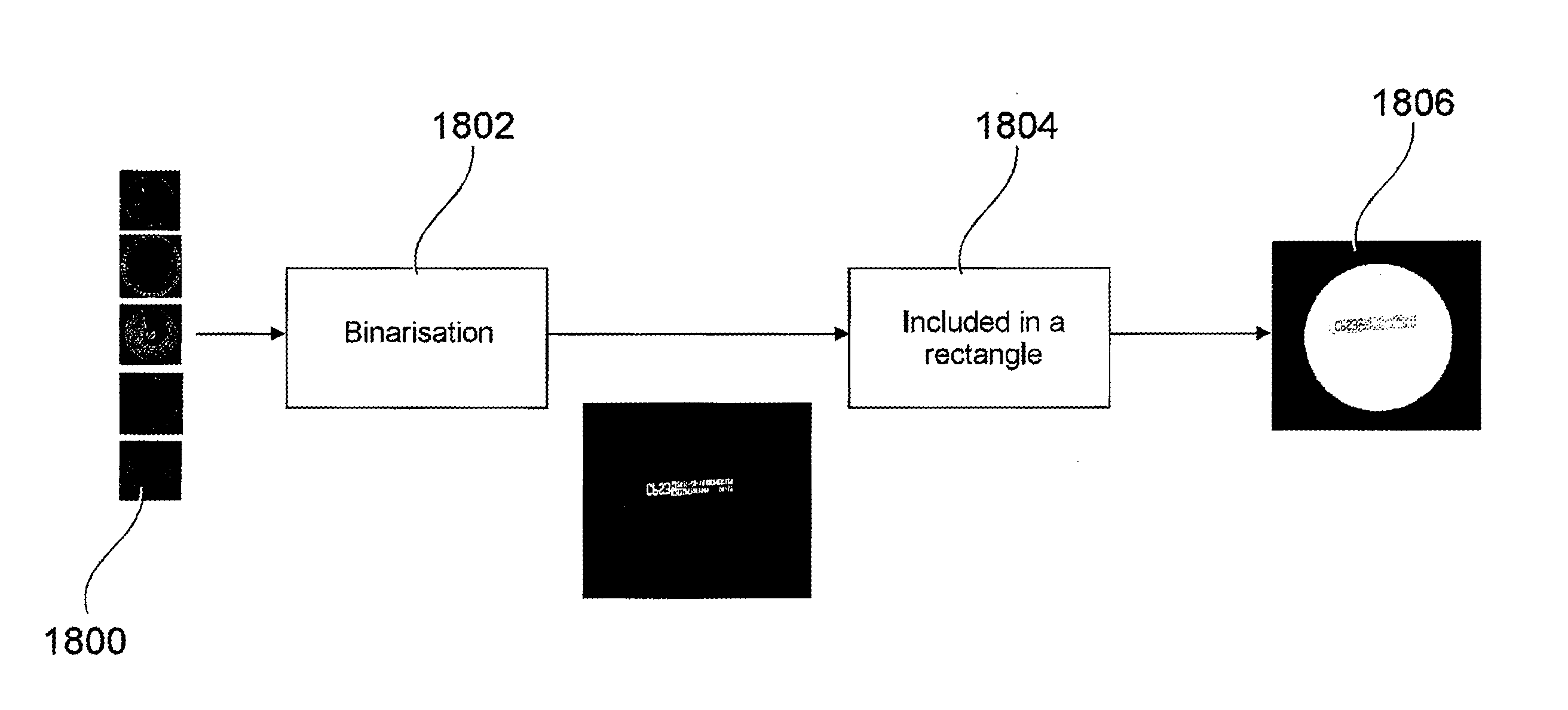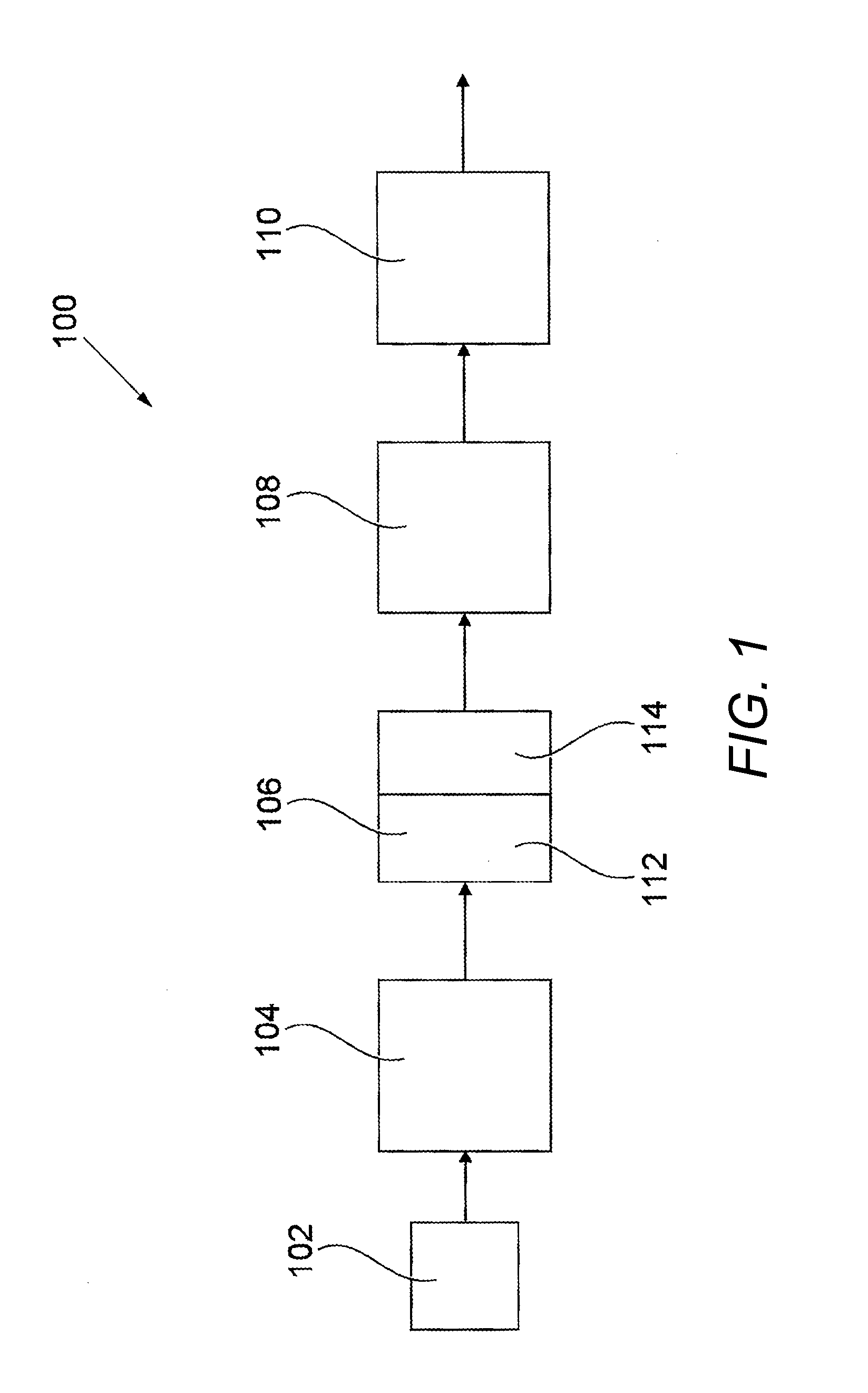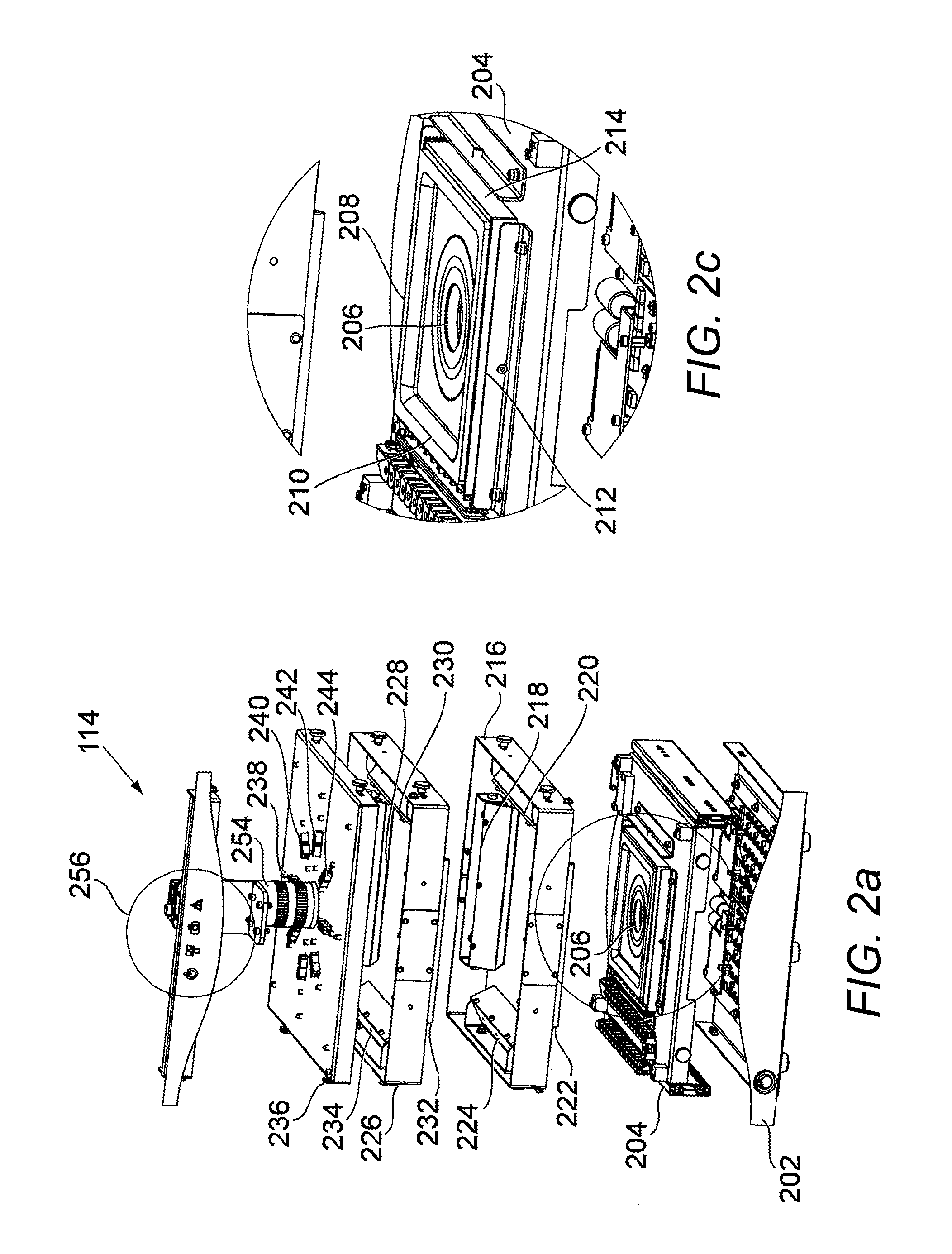Bio-imaging method
a bio-imaging and sample technology, applied in the field of bio-imaging methods, can solve the problems of insufficient quality of images, inability to model microorganism growth and find automated systems, human error and inconsistency, etc., and achieve the effect of improving the image quality of biological samples
- Summary
- Abstract
- Description
- Claims
- Application Information
AI Technical Summary
Benefits of technology
Problems solved by technology
Method used
Image
Examples
Embodiment Construction
[0097]The present invention relates to a method for analyzing biological specimens in a fully or semi-automated manner. In the present description, the term ‘object’ relates to a real object such as bubbles or colonies, the term ‘mark’ relates to a characteristic of a cell culture vessel such as a Petri dish. The mark may, for example, relate to an artifact or ink dots related to a serial number or any identification mark. The term ‘feature’ relates to a characteristic of an object such as a colony. In addition, the term ‘Petri plate’ defines an assembly of a Petri dish and a lid to cover the Petri dish.
[0098]As shown in FIG. 1, a system 100 includes a sample vessel bank 102, an automatic streaking machine 104, a smart incubator system 106, a processing unit 108 and an identification system 110.
[0099]The sample bank 102 manually or automatically produces sample vessels in which biological samples can be grown and subsequently analyzed. The sample vessel is typically a Petri dish, al...
PUM
 Login to View More
Login to View More Abstract
Description
Claims
Application Information
 Login to View More
Login to View More - R&D
- Intellectual Property
- Life Sciences
- Materials
- Tech Scout
- Unparalleled Data Quality
- Higher Quality Content
- 60% Fewer Hallucinations
Browse by: Latest US Patents, China's latest patents, Technical Efficacy Thesaurus, Application Domain, Technology Topic, Popular Technical Reports.
© 2025 PatSnap. All rights reserved.Legal|Privacy policy|Modern Slavery Act Transparency Statement|Sitemap|About US| Contact US: help@patsnap.com



